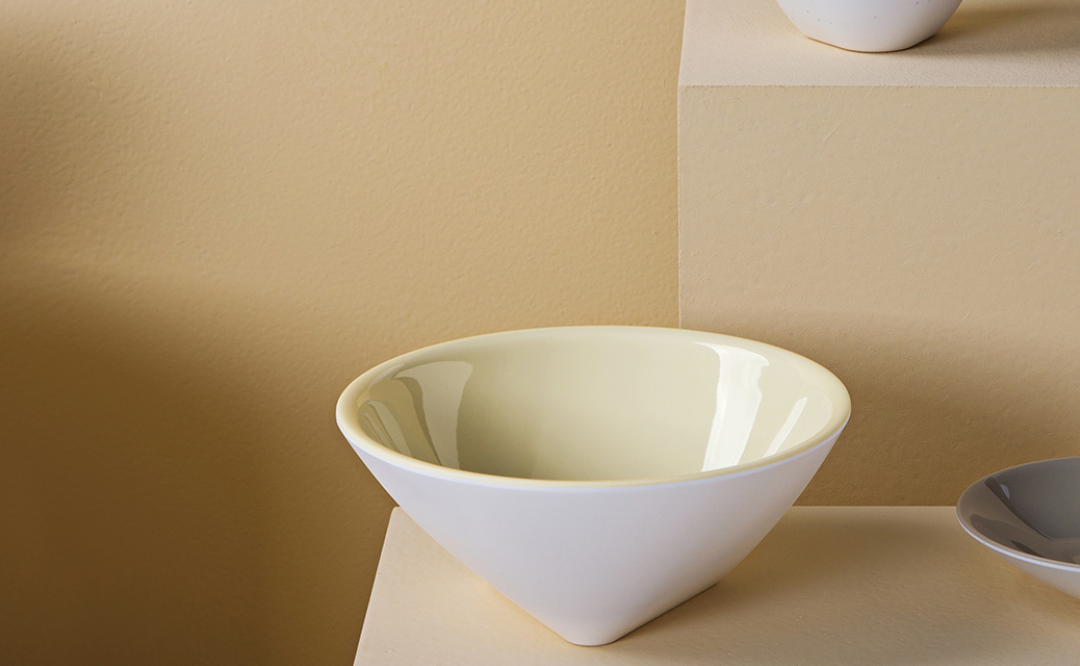Tired of replacing chipped plates and shattered mugs? There’s a reason some experienced restaurant owners swear by melamine tableware, which is known for being lightweight, shatterproof, and surprisingly stylish. Efay, Zicco, Inmiron, and Shun Ta are just a few of the leading brands that have the expertise in the production of this material. But is melamine all sunshine and rainbows? Let’s explore the pros and cons of this popular option to see if it’s the perfect fit for you.
Pro: It’s lightweight
One of the biggest advantages of melamine tableware is its remarkable lightness. Imagine servers effortlessly carrying melamine pizza boards that mimic the warm look of wood, but weigh a fraction of the real thing.
The same goes for melamine ware that resemble stoneware, offering a rustic charm but without the backbreaking weight. Even for melamine serving pans that look just like classic cast iron, are significantly lighter.
This lightweight advantage is especially crucial in fast-paced environments like buffets. Melamine GN pans and trays are a game-changer for staff. Servers can quickly swap empty pans for fresh ones with minimal effort, keeping the flow of food smooth and efficient.
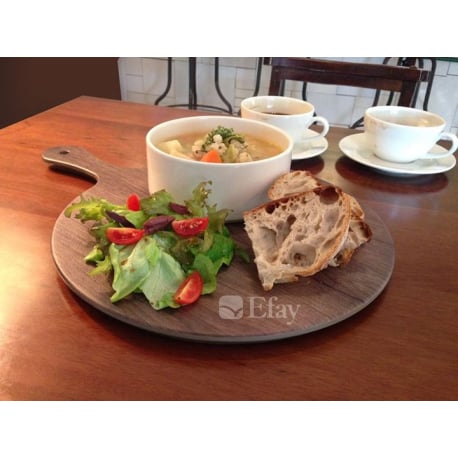
Pro: It’s safe to use
Take Zicco melamine, for instance—it boasts an impressive temperature resistance, ranging from a freezer cold -20°C to a piping hot 110°C.
And unlike traditional china ware, melamine has low thermal conductivity, so hot dishes won’t scald your diners or staff.
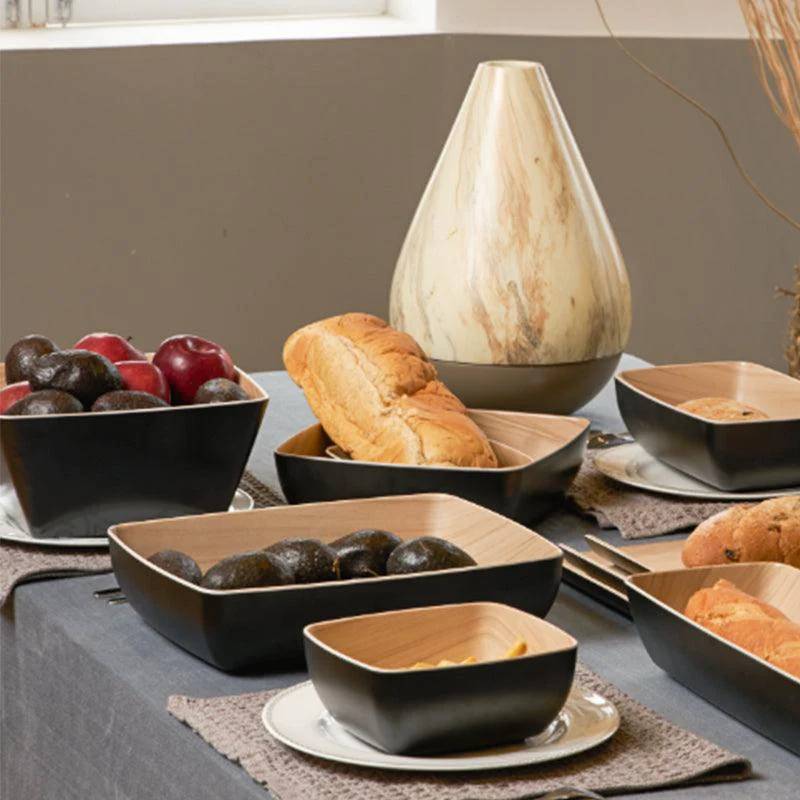
Pro: It doesn’t break easily
This means you don’t have to worry about melamine-ware chipping or breaking, even if they get knocked over. Plus, they can look just like porcelain, ceramic, or marble, but without being fragile. Whether you have a busy restaurant or are dealing with not-so-gentle staff, you can trust that melamine dishes will stay in one piece. This toughness not only makes them last longer but also saves you money since you won’t need to replace them as often. And for diners with kids, melamine tableware is a fantastic choice for children.
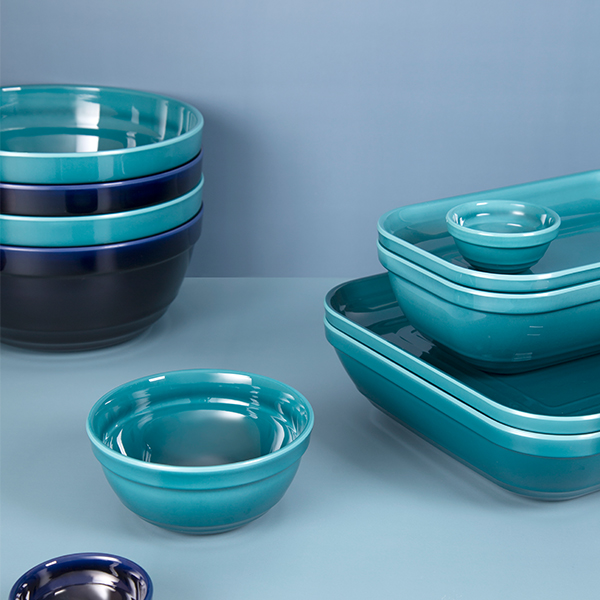
Pro: It’s pleasing to the eye
Melamine tableware offers a world of design possibilities. Whether your taste leans toward trays evoking the earthy charm of bamboo, plates featuring Chinese-inspired prints, or bowls adorned with elegant golden motifs, there’s a melamine option to suit every taste and theme.
Con: Low Heat Limits
When exposed to very high heat, typically exceeding 110°C, melamine tableware can start to warp. This not only compromises its structural integrity, but also its aesthetic appeal. This means limiting its use for oven-to-table dishes and using melamine for hot soups straight from the stovetop.
When serving whistling hot liquid food, consider alternative materials like ceramic or porcelain soup tureens. These options are excellent heat insulators, ensuring your dish stays warm and your tableware stays safe.
For the ultimate convenience of transitioning food from the oven to serving, cast iron casseroles or porcelain ramekins are perfect choices as they can handle the heat without a hitch.
Con: Not scratch-proof
Unlike ceramic or stainless steel, melamine can be easily scratched by harsh cleaning methods. Abrasive cleaners and scouring pads are a big no-no as they can dull the finish and leave unsightly marks. Stick to gentle dish soap and soft sponges to keep your melamine tableware looking its best.
Con: Not compatible with all foods
Avoid leaving acidic foods (like vinegar) on melamine-ware for extended periods, especially exceeding a few hours. Over time, acidic ingredients can potentially cause the melamine to degrade and leach small amounts of chemicals into the food.
For storing acidic foods or marinating acidic ingredients, opt for glass or stainless steel containers. These materials are non-porous and won’t react with your food, ensuring both safety and optimal flavour preservation.

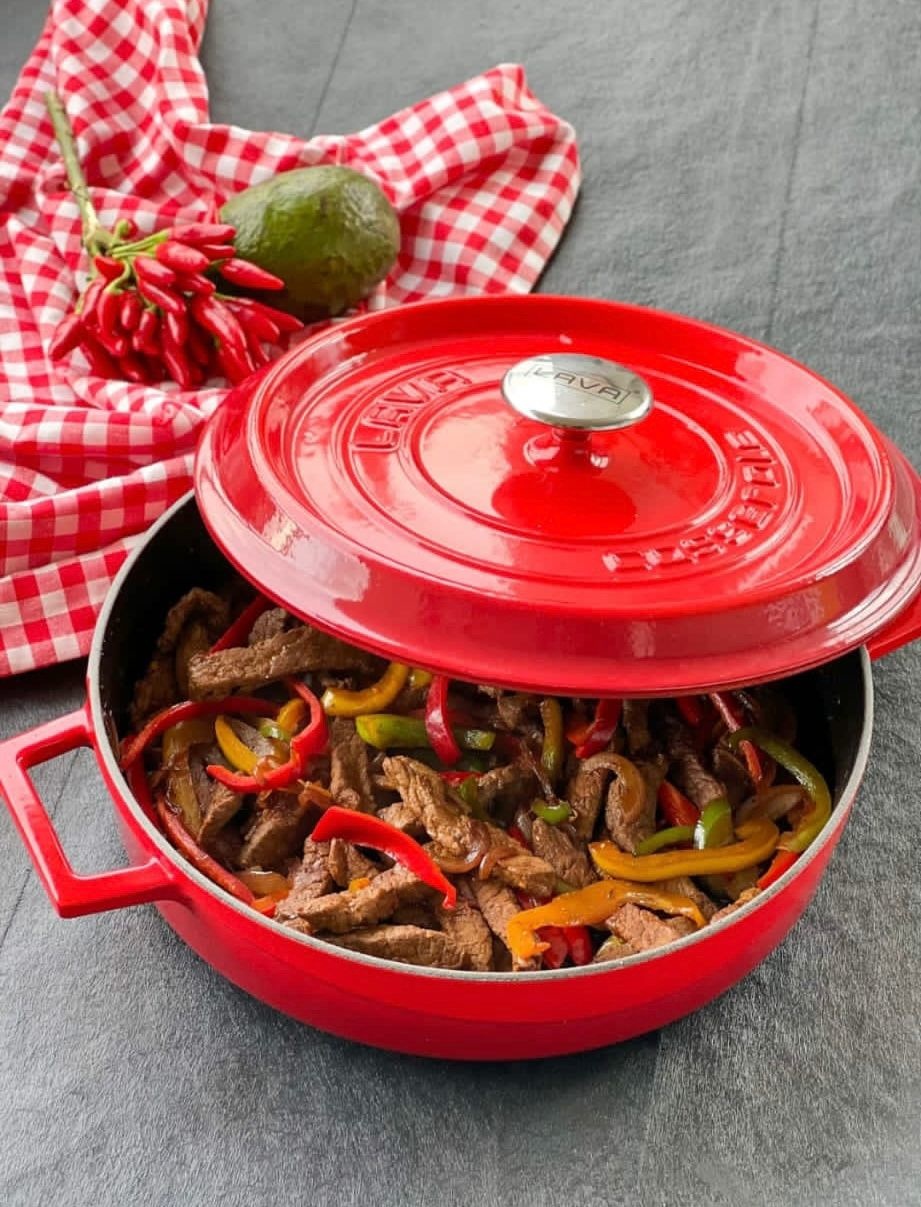
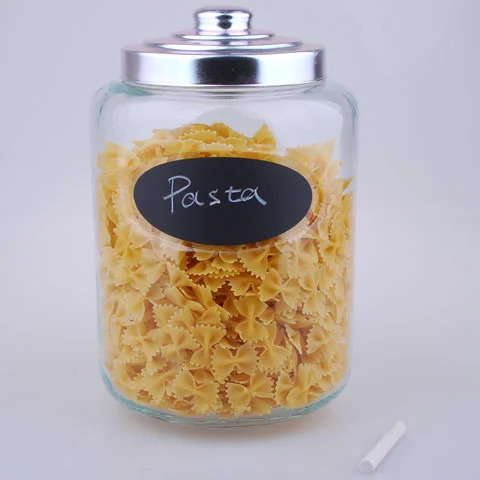
So, Melamine: Friend or Foe?
Ultimately, the decision of whether melamine is the right fit for you depends on your specific needs. If high heat resistance and long-term food storage are top priorities, consider ceramic, porcelain, or stainless steel. But if you prioritize lightweight, shatterproof, affordable, and stylish tableware for a fast-paced environment, melamine might be the perfect solution. By understanding both the advantages and limitations of melamine, you can make an informed choice that best suits your requirements.

